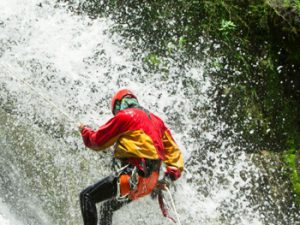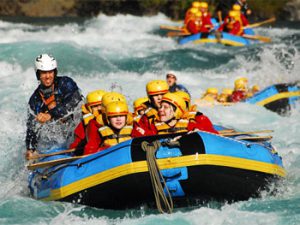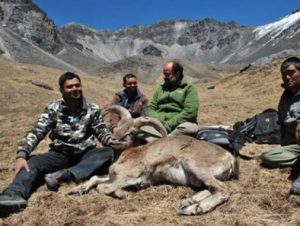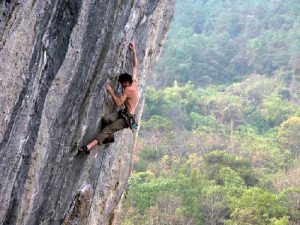
Rafting in Nepal is one of the most popular adventure sports. In paddle or oar boats, rafters drift lazily through lush tropical gorges, or roller coaster through white water stretches rated up to 7 on the Colorado River rafting system. Clients are taken on overnight trips, camping on sandy riverbanks and exploring side canyons and villages on the route. October through mid-December and March through early May are the best times to river raft. It is also possible during winter but slightly cold. During monsoon (June through September) white water sections are out but gentler stretches are run able.

Most popular white water river rafting in Nepal is Dudh Kosi (river of Mt. Everest) Bhote Koshi river, Sun Koshi river and Trishuli River. There are day trip rafting packages and over night packages also
depending upon length of tour required by tourists. The over night stay would be in Tented Camp beside
river banks.
 Licensed hunting is allowed in the Dhorpatan Hunting Reserve in the western part of Nepal. Dhorpatan is the prime habitat of the blue sheep, ghoral, serow, Himalayan tahr, black bear, pheasant, and partridge. Endangered species here include the cheer pheasant and red panda. Hunting is allowed only after acquiring a license from the Department of National Parks and Wildlife Conservation (DNPWC) in Kathmandu and is restricted to certain times in a year. Most hunting trips are planned in spring and the onset of autumn, from February through April and August through October respectively.
Licensed hunting is allowed in the Dhorpatan Hunting Reserve in the western part of Nepal. Dhorpatan is the prime habitat of the blue sheep, ghoral, serow, Himalayan tahr, black bear, pheasant, and partridge. Endangered species here include the cheer pheasant and red panda. Hunting is allowed only after acquiring a license from the Department of National Parks and Wildlife Conservation (DNPWC) in Kathmandu and is restricted to certain times in a year. Most hunting trips are planned in spring and the onset of autumn, from February through April and August through October respectively.